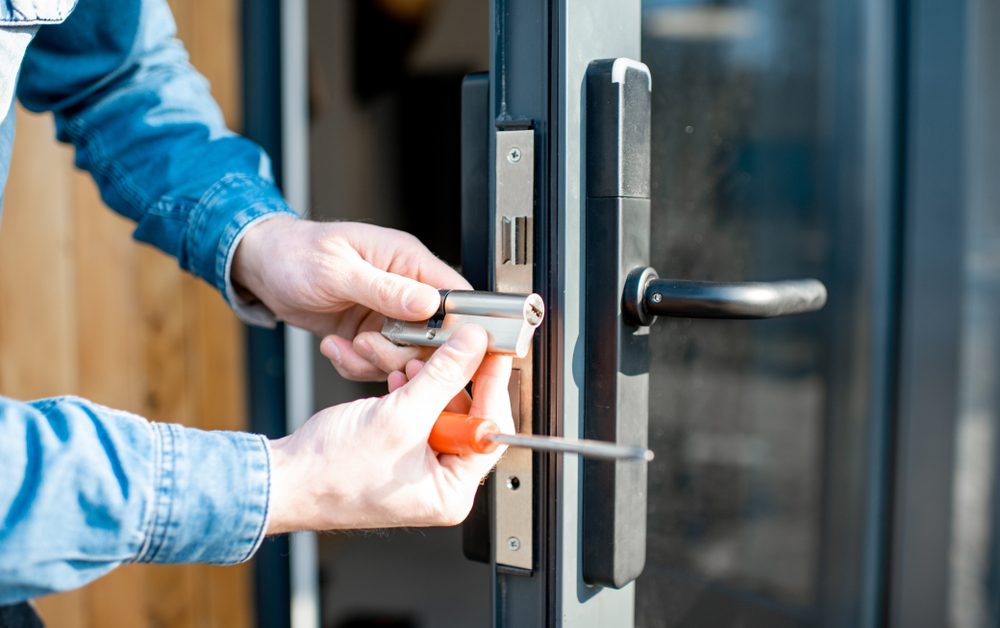The art market has recently become one of the most popular new investment trends. Many works of art are purchased to resell later on as investments. If you’re interested but are short on funds, you can always rely on Payday Depot for a quick, short term loan, so you don’t miss out on that beautiful investment piece. However, will your art investment pay out in the long run? Is this new asset class only a marketing ploy?
Does Art Value Increase with Time?
As with any investment, you should do your research before purchasing. You should know that buying and selling art for profit is always a long-term investment.
The art market can be stable and beneficial for investors. Like the stock or real estate industries, an art boom can lead to a bust. Art is a risky investment, especially if you don’t understand it or the art market.
What Makes a Good Art Investment?
There are several factors to consider when assessing an artwork’s future value. Its rarity, reputation, authenticity, quality, and cultural relevance influence the piece’s worth.
Rarity
A work’s rarity will always affect its future value. A unique original artwork will always be worth more than a copy or reproduction, such as giclées or prints. A living artist’s work is more likely to be rated lower than a deceased artist’s work. A limited number of artworks available increases the price.
Notoriety
Artists’ fame also affects the price. Famous painters’ works are frequently sold for more.
Some artists gain popularity after death because they were obscure or undervalued during their lives. However, fame can increase the value of mediocre artwork. Buying art from a prominent artist is costly. Successful art collectors have an “eye” for popular and affordable rising artists.
The art world, trends, and public taste play a role in discovering fresh talent.
Work’s Worth
Innovative, original, and rare art will undoubtedly increase in value. Unoriginal or derivative artworks sell for less. Art buyers think about the artist’s and artwork’s long-term impact. A solid investment may require looking beyond media exposure.
Condition
The condition of a sculpture, painting or drawing is always significant. Damaged artwork is worth less than artwork in perfect condition. Quality materials are more likely to last longer. So, even if you’re buying new art, consider its longevity.
Authenticity
Authenticate any significant item of art you buy. No one wants to own an anonymous piece of art. Look into the artwork’s history. Buy antique paintings with provenance. A work’s lineage gives context and proof of manufacture.
The legitimacy of an artwork may be questioned if not researched beforehand.
Is It Worth Investing in Art?
Unlike other financial investments, art investments do not allow you to exit and still make a fair profit when a sudden financial need occurs. Pricing is more market-driven here, and you must locate an appropriate buyer. So, only become an art investor if you are mentally prepared to keep your purchase for as long as it takes to acquire the perfect price.








Add Comment